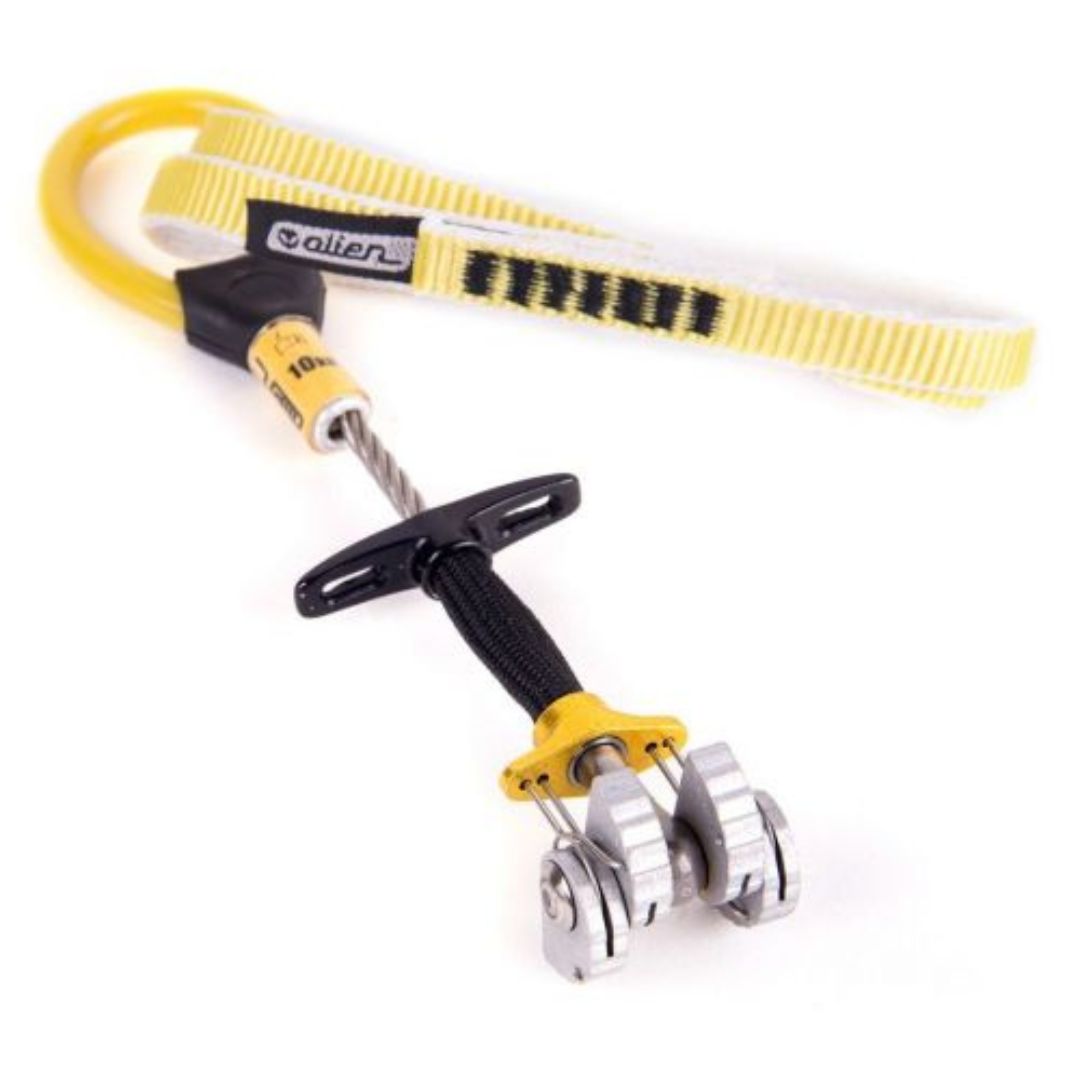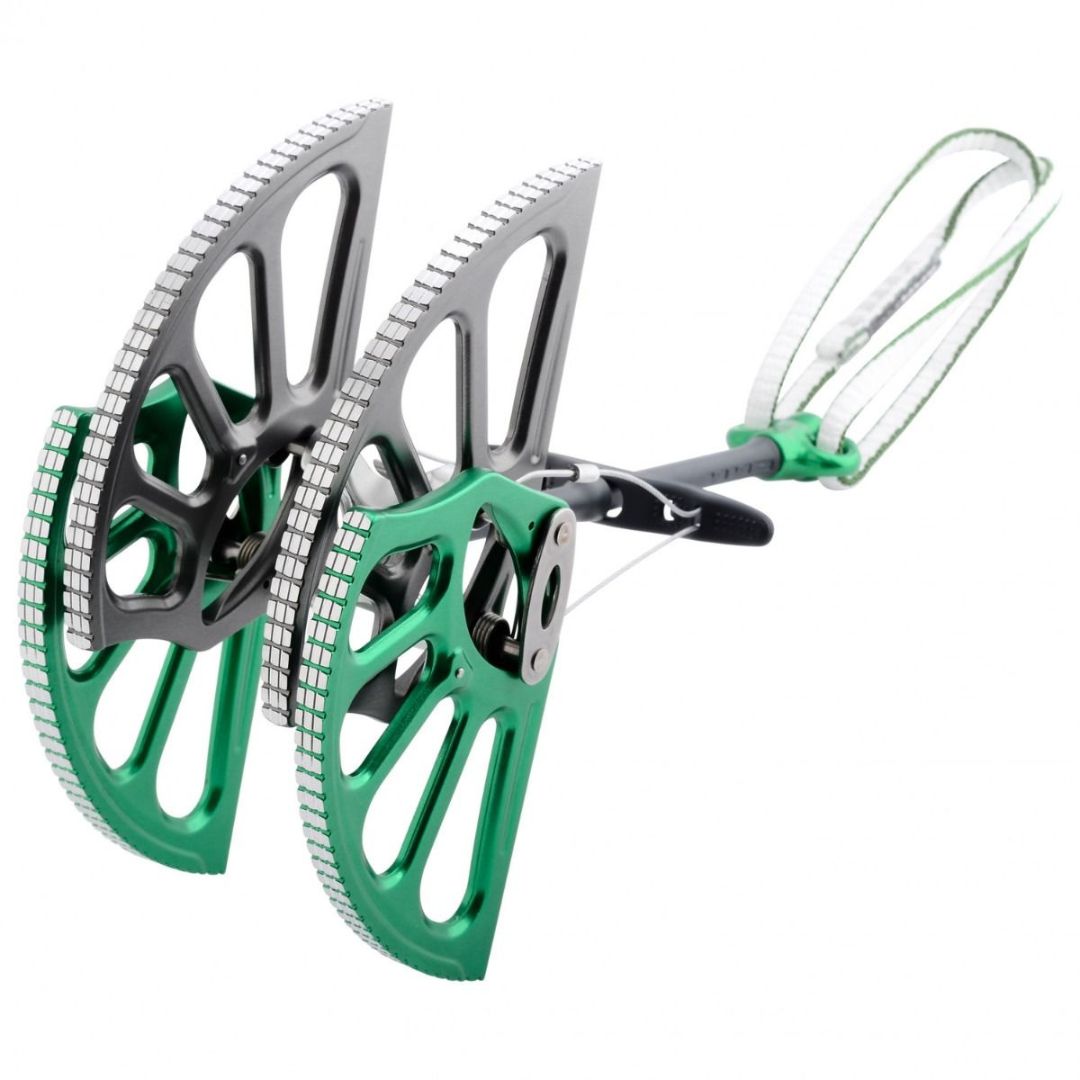If it's true that when climbing as the first climber falls are an integral part of the "journey", it's also true that when practicing trad climbing you try to test the protections that you've managed to place as little as possible. Perhaps this is why we must have the greatest possible confidence in the equipment we choose, so that once it's placed, we are able to continue climbing without hesitation, enjoying the climb.
Friends are devices made up of cams that can be used both as anchoring points during a climb in a crack, and as auxiliary protections during an aid climb: each situation requires differently designed equipment, which is why we give you some advice on how to choose the most suitable one for your type of climbing.
NUMBER OF CAMS
With a wider and sturdier profile, they're the most reassuring friends we can choose, not just from an aesthetic point of view: the four cams help to dissipate the energy generated by a fall better, and therefore they're more reliable if we use them as the main protection on a crack climb. In their more aggressive versions, they're much appreciated on limestone or sandstone routes; the latest models also have profiles that are quite thin even for this type of friend, making them similar in size to the corresponding three-cams.
STEM
Single-stem friends are extremely thin and light, and now they're the most popular among trad climbing enthusiasts due to their manageability and ergonomics. Ideal also for irregular cracks, they have the advantage of being very flexible and therefore of absorbing the direction of a possible fall better. On the other hand, they can tend to have a little more play in the cracks, especially in horizontal ones, and to be more prone to wear in conditions of rubbing against the rock.

Often they have larger dimensions than single-stem ones, and therefore a not insignificant bulk when attached to the harness; however, they're able to dissipate the kinetic energy of the fall better by discharging it on the two axes of rotation of the cams. Their real strength, however, lies in their greater resistance to abrasion against the rock, guaranteeing greater durability over time.

AXLES
In this case too, the single axis is the one that has found the most support among climbers, both for its compactness and the ability to rotate easily to find the best placement in the most complicated cracks.

They balance the fact that they weigh a little more with the prerogative of being able to exploit a greater number of placements, and therefore can be used in different situations thanks to their wide expansion range generally associated with a greater number of cams.

WARNING: This article is for informational purposes only and does not intend to fully explain the correct functioning of the various tools mentioned, so please refer to their respective usage manuals. Our advice should only be taken as an integral part of a training and practice process that every climber must face with qualified instructors to master these assurance techniques. This article does not pretend to be exhaustive or to replace specific training in sports climbing assurance, for which it's necessary to verify one's capabilities with qualified instructors.
